-
Posts
2,687 -
Joined
-
Last visited
-
Days Won
49
Content Type
Profiles
Forums
Blogs
Gallery
Events
Store
Posts posted by Graf
-
-
-
-
-
-
-
On 24/11/2016 at 08:13, Egyptian Zogist said:
Another very nice piece! I've actually seen one of these before in the royal collections museum in the Abdine Palace complex.
The inscription is actually "العدل أساس الملك" meaning "justice is the foundation of kingship/governance". This motto is still seen today in courts in Egypt, whether on judges' benches or as architectural decor in court rooms. Here it is, below the scales/sword of justice design:
Always looking forward to seeing more posts!
Here is a very nice portrait of a judge wearing this badge. I haven't been able to identify the subject of the portrait, though.
I also think the design is influenced by the coat of arms of Louis-Philippe's so-called 'July Monarchy' in France (1830 - 1848), note the 'tablet of law' and the 'main de justice'.
(image from www.heraldica.org)
Very nice
0 -
-
-
-
-
-
18 hours ago, JohanH said:
My guess would be that is it the date of presentation.
Here is an example of a order of the Sword to a Bulgarian captain, the document has two dates.
The first date, 25th October 1941 is when the King has decided to give the award and the other date is what I assume is the date of presentation of the award. The award roll show only the first date.
I also have a document that has the same date on both places so there are all kinds of variations.
Wow very rare Thank you for posting it
0 -
3 hours ago, Megan said:
Somewhat more important than either, but let's not get into that here.
I agree No place to argue ..and pull out knives Thank you
0 -
-
-
5 hours ago, ilieff said:
Yes. These epaulettes apparently belonged to a major of the 2nd Cavalry [of HRH Princess Marie Louise] regiment. They should be silver in colour though - presumably the yellowish tint comes from the oxidation of the silver or [more likely] all the silver layers have been lost to time and we can only see the 'naked' brass base.
Excellent explanation
0 -
On 06/08/2016 at 21:34, saxcob said:
Extremely interesting Thanks
0 -
-
-
-
-
3 hours ago, steveBobby said:
Hi Garf!url here:https://politburo.archives.bg/
I found a lot of interesting files in it, if there are corresponding topics, I will attach them under those topics. I will continue to attach a document on Dimitrov's bonus in this thread.
Minutes of the Politburo Meeting No. 43 of the Communist Party of Bulgaria on March 24, 1953
The Council of Ministers submits a bill on amending the statute for granting the Dimitrov PrizeDecree on the Amendment of the Statute of Prizes Awarded to Dimitrov
1. The first paragraph is amended to read: "The Dimitrov Prize shall be established to honor annually special and great achievements and achievements in the fields of science, art, literature, invention and rationalization".
2. Paragraph 2 is amended as follows: "The following Dimitrov bonuses shall be established: first-level Dimitrov bonus (reward of 40,000 levs), second-level Dimitrov bonus (reward of 20,000 levs), third-level Dimitrov bonus (reward 10000 lev).
3. The first sentence of paragraph 4 is amended to read: "The scope of rewards includes outstanding and huge achievements and achievements."June 14, 1962 Resolution on awarding the Dimitrov Prize for 1962
About: The Dimitrov Prize was awarded to the research group that participated in the drafting and writing of the papers "Bulgarian Viticultural Areas" and "Bulgarian Soils".
In addition to the report of the Council of Ministers on the work of the Dimitrov Prize Committee and the proposal for the prize for 1962, we report the following:
Science, Invention and Rationalization The Dimitrov Prize Committee recommended the scientific works "Bulgarian Viticultural Areas" and "Bulgarian Soils" collectively written by scientists.
In the discussion of the issue of collective rewards, it was found that the participation of individual researchers in data collection, scientific processing, and paper writing was not equal. This requires the Subcommittee of Biological, Medical and Agricultural Sciences and the Committee as a whole to further address the issue of awarding Dimitrov prizes to individual members of the collective.
After conducting the most detailed study of the involvement of each researcher in the collection, scientific analysis and writing of the above two papers, the committee unanimously decided to make the following recommendations:
I. For the work on the thesis "Viticultural Areas of Bulgaria": Prof. Kuns Stoev, Prof. Nedelcho Nedelchev, Prof. Minche Kondarev, Associate Prof. Pens Kurtev, Kals Katerov and Ester Herikovich, who headed the thesis team and wrote the main body of the thesis, should be Personally awarded Dimitrov Prize.
II. For the writing work of the thesis "Bulgarian Soils", a group of scientific workers was awarded for their participation in the elaboration and writing of the writing "Bulgarian Soils", in particular:
1. Major and original achievements of Academicians I.P. Gerasimov, Prof. I.N. Antipsa-Karataev and Professor Evgeni Tanov in the field of origin, taxonomy, systematics, cartography and zonation of Bulgarian soils.
2. Major achievements of Prof. Antipov-Karataev and Dr. T. Palaveev in the field of mineralogy and chemical composition of mineral and organic fractions of Bulgarian soils.
3. The great and original achievements of Dr. Vera Galeva and Dr. Konstantin Demyanov in the field of soil physics in Bulgaria.
June 13, 1962 SofiaRe: Work and Award Proposals of the Dimitrov Prize Committee at the 1968 Council of Ministers
1. As we all know, the Dimitrov Prize is our country's highest honor for achievements in the fields of science and culture. It was awarded in 1950. Since then, the Dimitrov Prize has been awarded 5 times (1950, 1951, 1952, 1958 and 1959).
There are three levels of Dimitrov prizes: 400,000 levs for the first level, 200,000 levs for the second level and 100,000 levs for the third level. These amounts were disbursed in 1951 and 1952 respectively. After 1952, the amount of rewards was assessed, and under the new currency system, 16,000 levs, 8,000 levs, and 4,000 levs were awarded respectively. In 1958, the committee adjusted as follows according to the actual situation:
Awarded in the fields of science and invention: 80,000 levs for the first class, 40,000 levs for the second class, 20,000 levs for the third class
Awarded in the fields of literature and art: 80,000 levs for the first class, 60,000 levs for the second class, 15,000 levs for the third class
The Dimitrov Prize awarded in 1959 was based on these amounts
As of 1962, a total of 229 Dimitrov Prizes were awarded in the fields of science and invention (38 first-class, 106 second-class, 85 third-class), and 284 Dimitrov prizes were awarded in the fields of literature and art Bonuses (52 people for the first level, 155 people for the second level, and 77 people for the third level).
It can be seen that from 1950 to 1953, the Dimitrov Prize was awarded every year, and thereafter it was suspended until 1959. In 1959, 16 Dimitrov prizes worth 420,000 levs were awarded in the field of scientific achievements; 56 Dimitrov prizes worth 1.765 million levs were awarded in the fields of literature and art.
Until 1959, the large-scale awarding of the Dimitrov Prize apparently led to a lowering of the standard for determining recipients, creating a certain (especially among artists) misunderstanding that any better creator or finisher had to Received Dimitrov prizes, (in particular began to award second and third Dimitrov prizes to some actors).
It is necessary to reorganize the granting of Dimitrov prizes in order to confirm the lofty title of the awards, since they are actually awarded only to the most important achievements. According to the new decree No. 62 of the Bulgarian National Assembly in 1960 awarding Dimitrov a bonus. Accordingly, it was decided that the Dimitrov Prize should be awarded every two years and only for outstanding achievements in the field of Bulgarian science and culture. According to the requirements of the new decree, the question of which achievements are the most important is decided after in-depth study and discussion, with the help of the Standing Committee for the Dimitrov Award under the Council of Ministers, with the participation of the general public, and award proposals Published in the press for public discussion, every citizen has the opportunity to comment on the application. At the same time, Dimitrov's prize money will not be repeated, except for those who have made great achievements.
2. In accordance with item 1 of the new decree, the Dimitrov Prize will be awarded every two years. According to Article 7 of the same decree, the decision of the Council of Ministers to award awards is published in the State Gazette on Dimitrov's birthday (June 18).
To this end, the Council of Ministers will soon issue a decision to award the Dimitrov Prize and the title of "Dimitrov Prize Laureate" to eminent figures in the field of science and culture of our country in the period 1959-1961.
Two standing committees - one for science, invention and rationalization, the other for literature and the arts - quickly took steps to develop a qualitative elaboration of the material, on the basis of which the Council of Ministers would take its decisions. The committee held several meetings, divided into subcommittees (sections) according to the nature of the work, sent letters to all ministries, departments, central bodies of public organizations, scientific research institutes, etc., and invited them to make proposals for granting Dimitrov a prize.
The following proposals were received within the specified deadlines: 1. The Committee for Science, Invention and Rationalization received 85 proposals, and 2. The Committee for Letters and Arts received 101 proposals. Given the importance of the Dimitrov Prize as the country's highest honor, the committee unanimously decided to publish for public discussion only those proposals that, in their preliminary judgment, actually involved the most important achievements. A summary of the results will be published in the State Gazette, openly discussing 28 proposals (out of 85) in the fields of science, invention and rationalization and 80 proposals in the field of literature and art (out of 101).
Public discussions on the enacted proposals continued until the end of April this year. The Science, Invention and Rationalization Committee appoints competent members in their respective fields to review the award-winning works. The work of the reviewers is closely monitored by the relevant subcommittees. Members of the Cultural and Art Committee visited the performances of the award-winning candidates, and paid attention to news reports and written feedback from citizens on individual candidates. In this way, they are prepared to pass judgment on the quality of the output and to bring its authorship into public discussion.Amazing
0 -
-



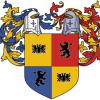
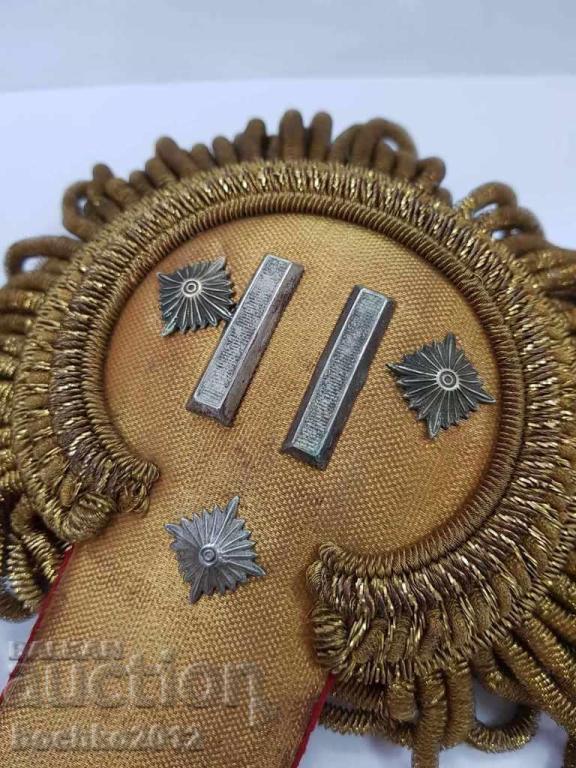
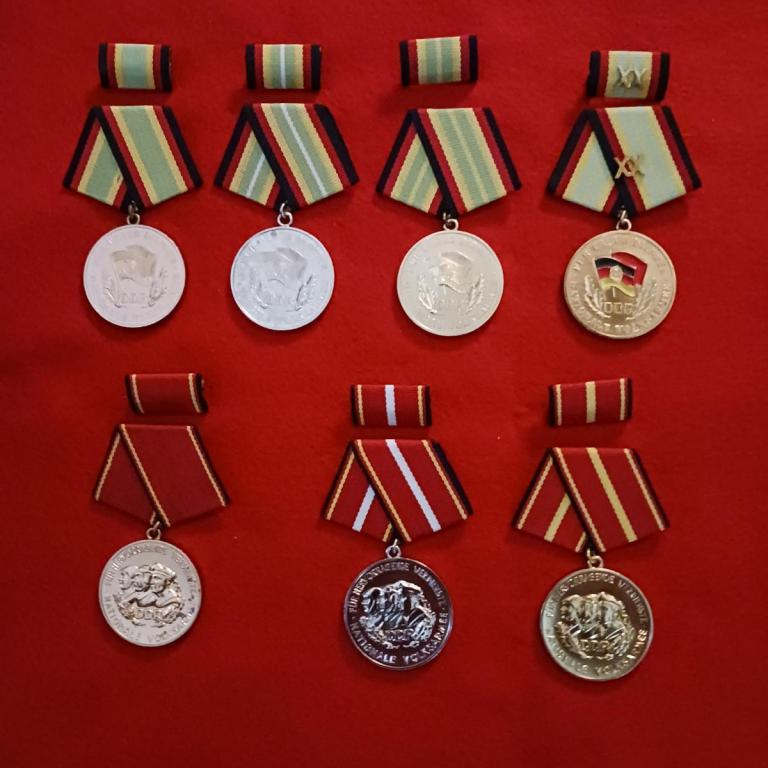

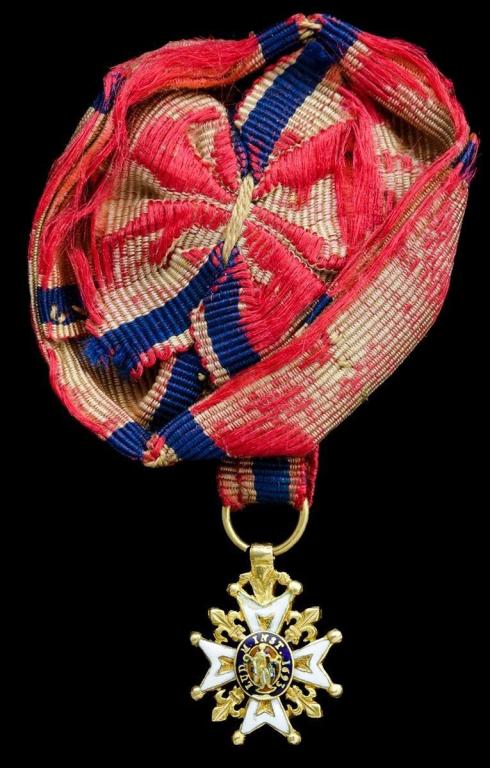

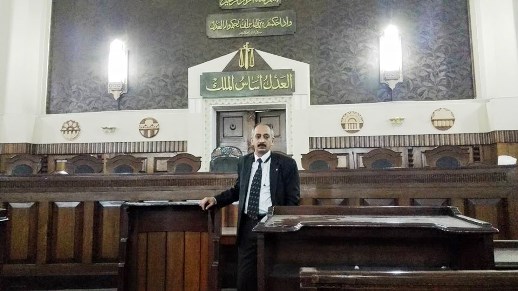
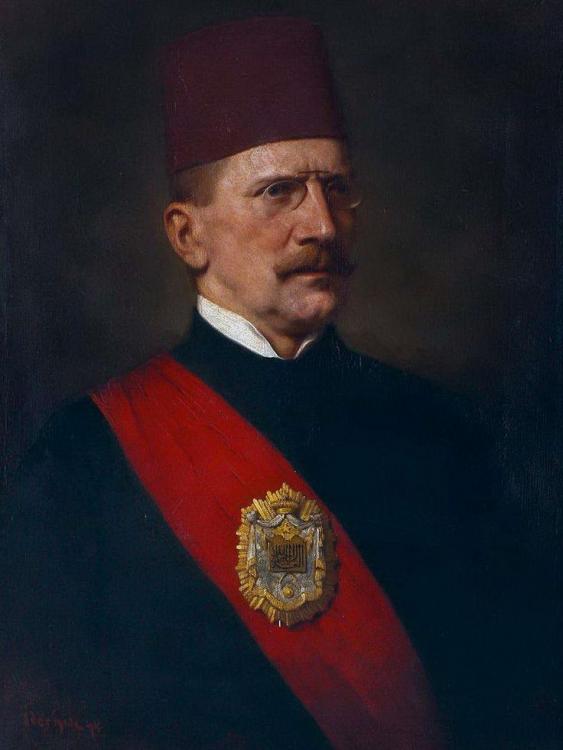

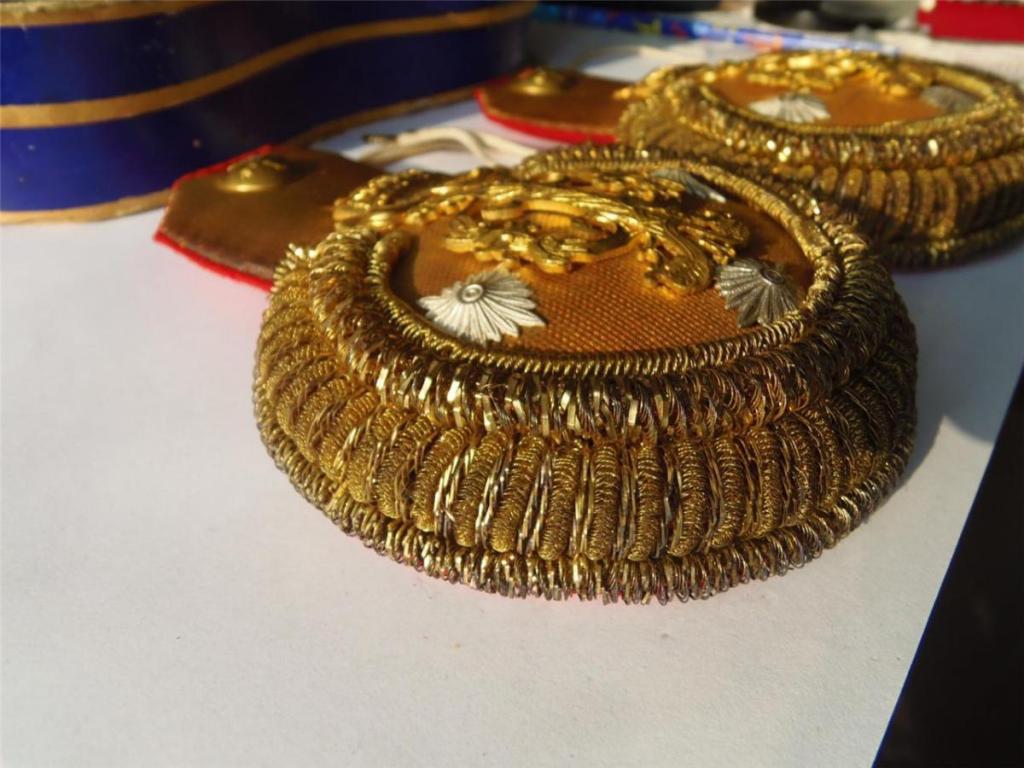
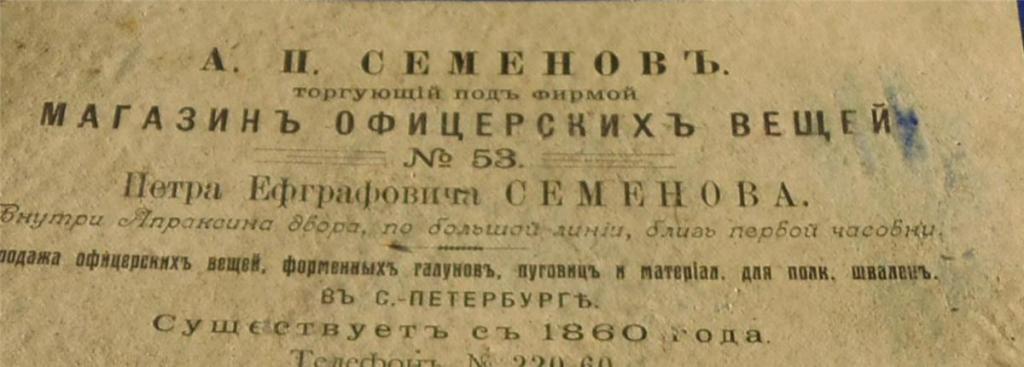
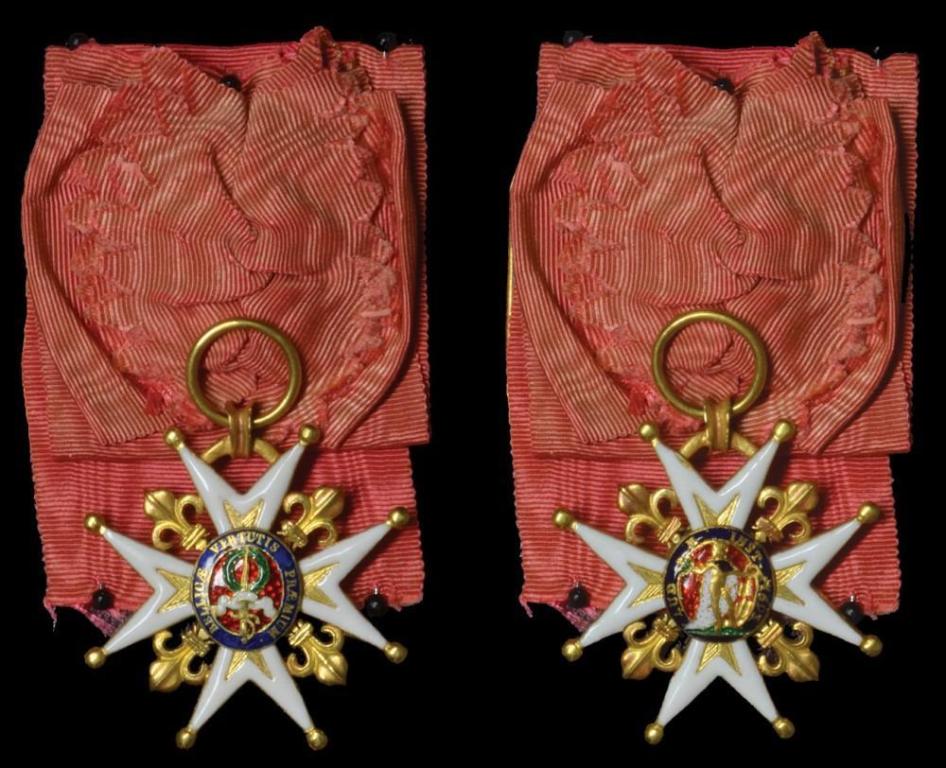



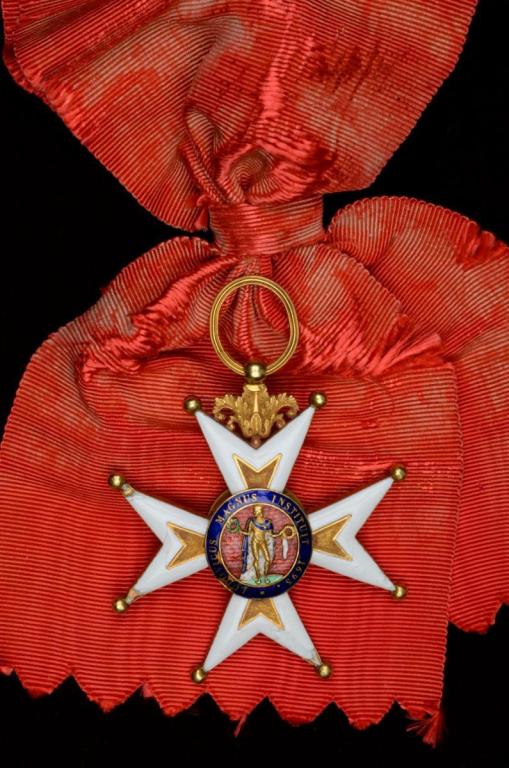
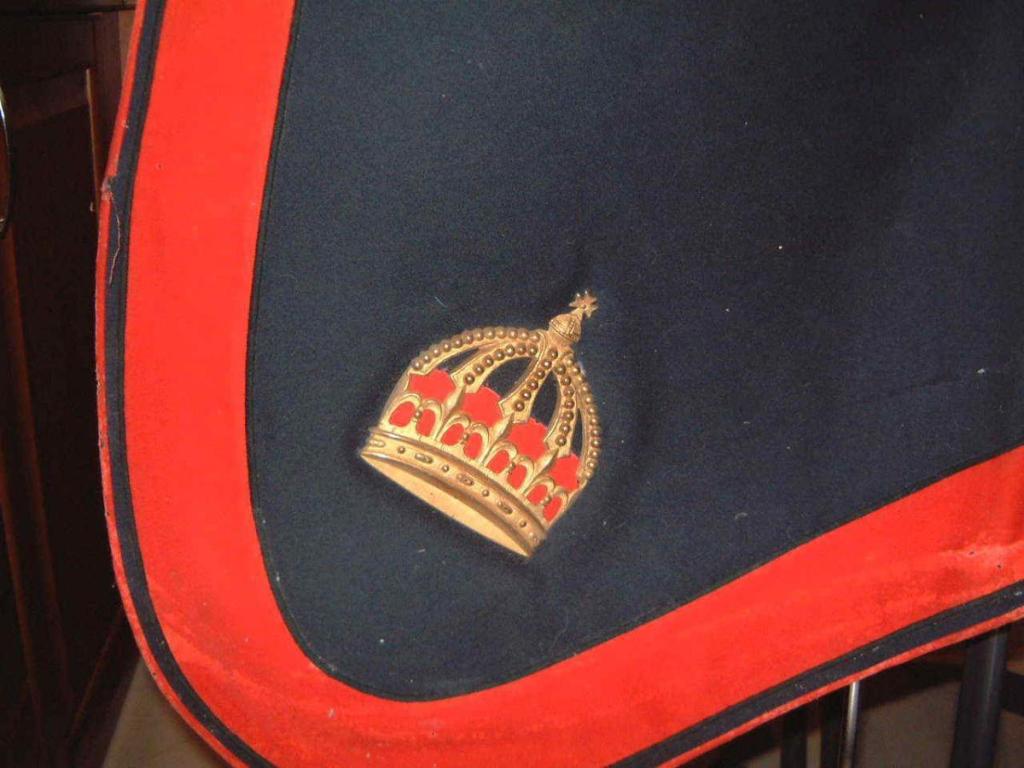
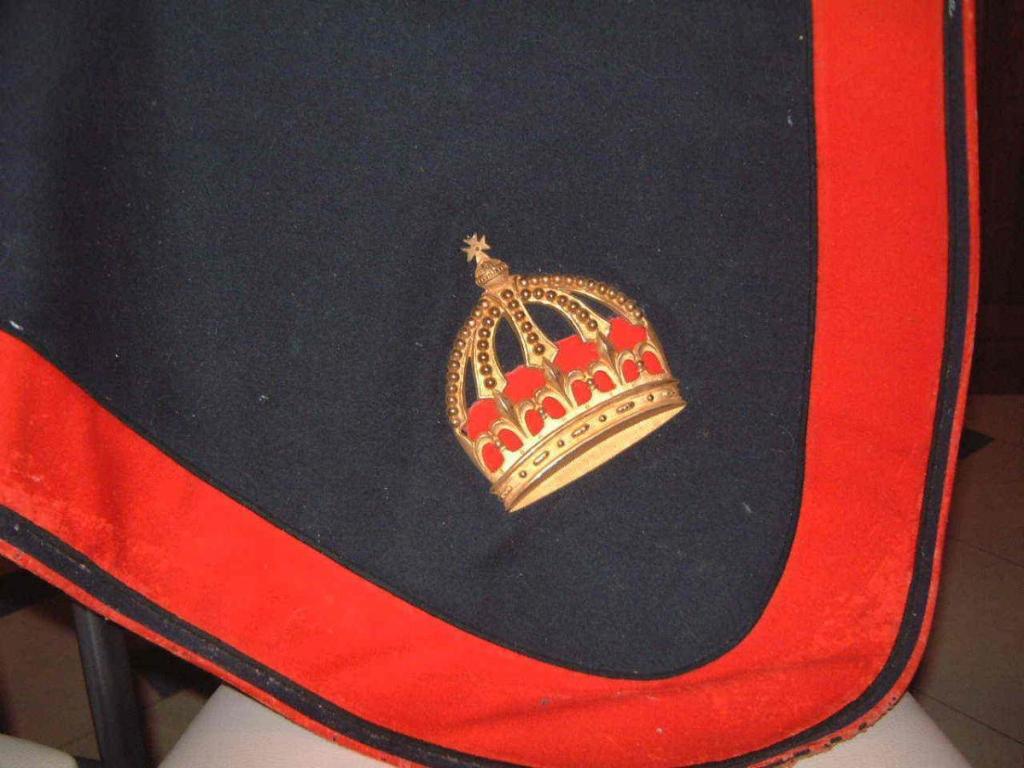



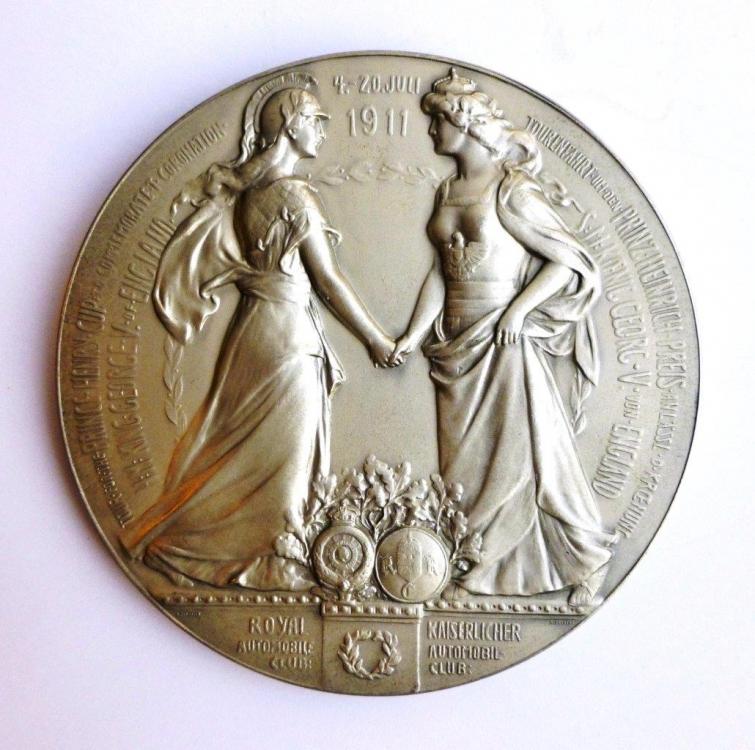
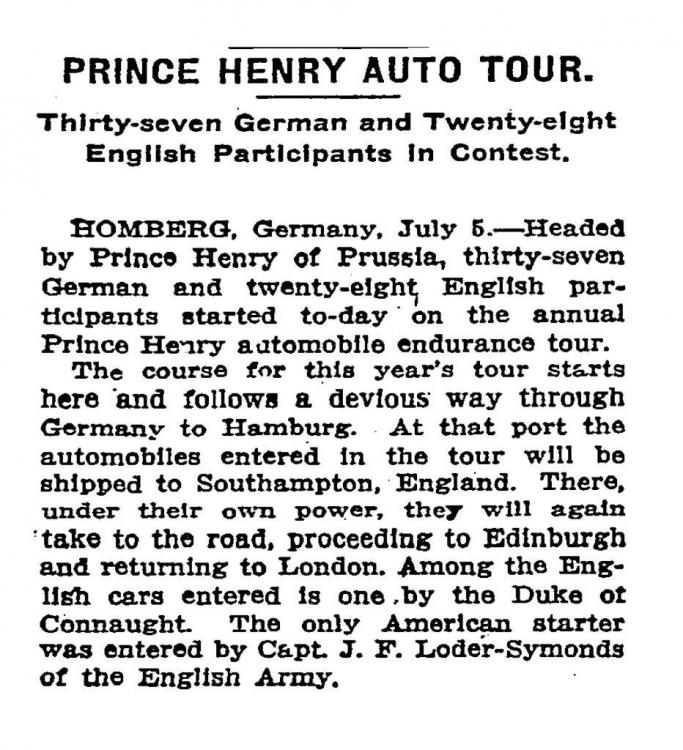

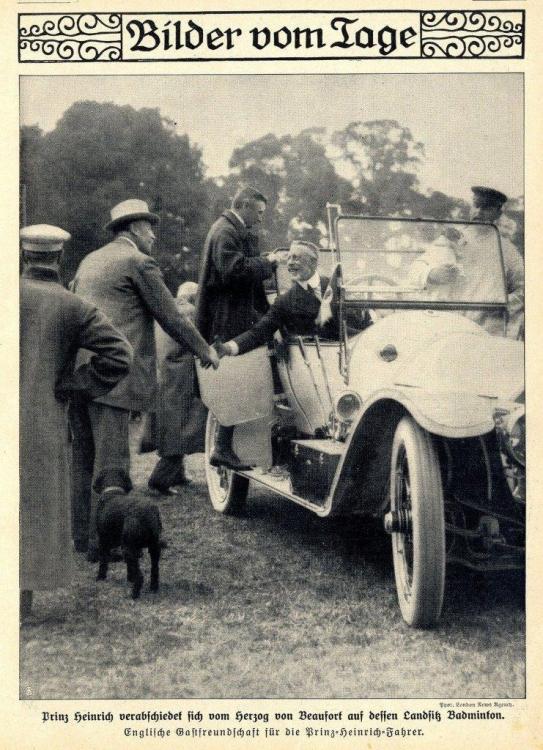

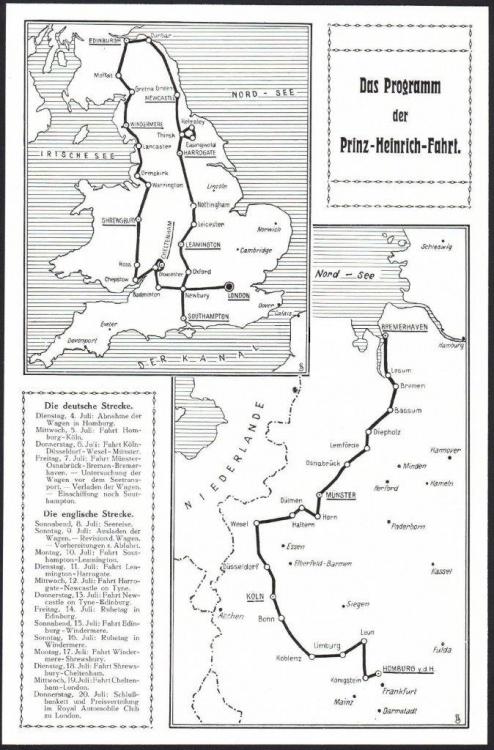
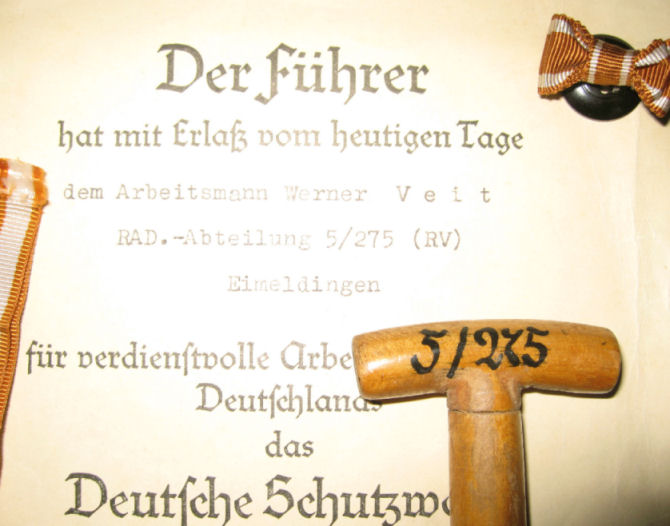

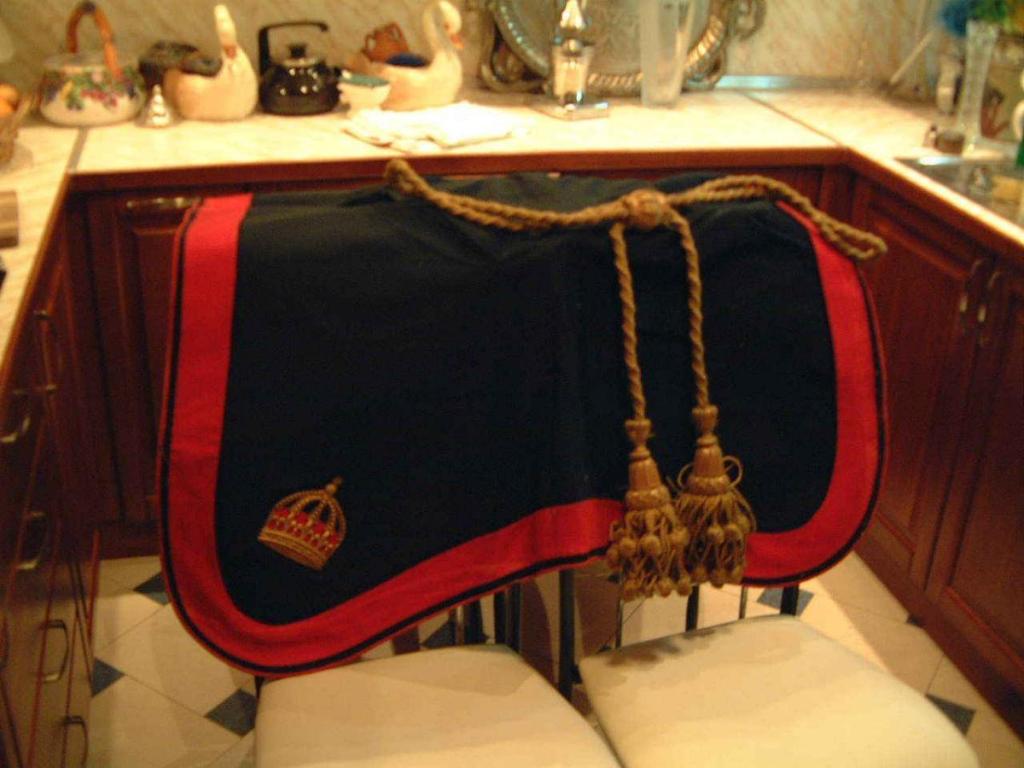
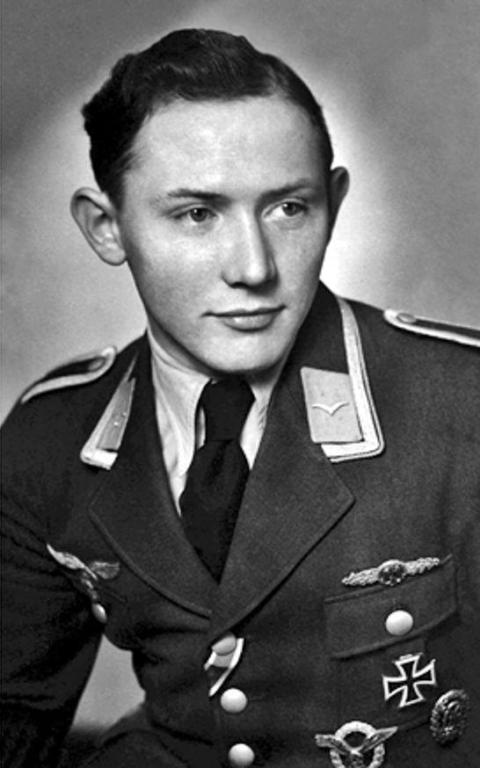

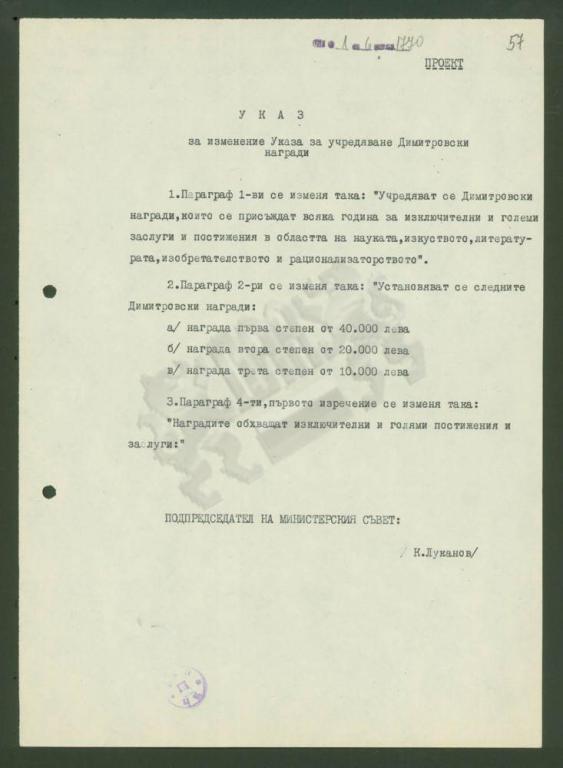
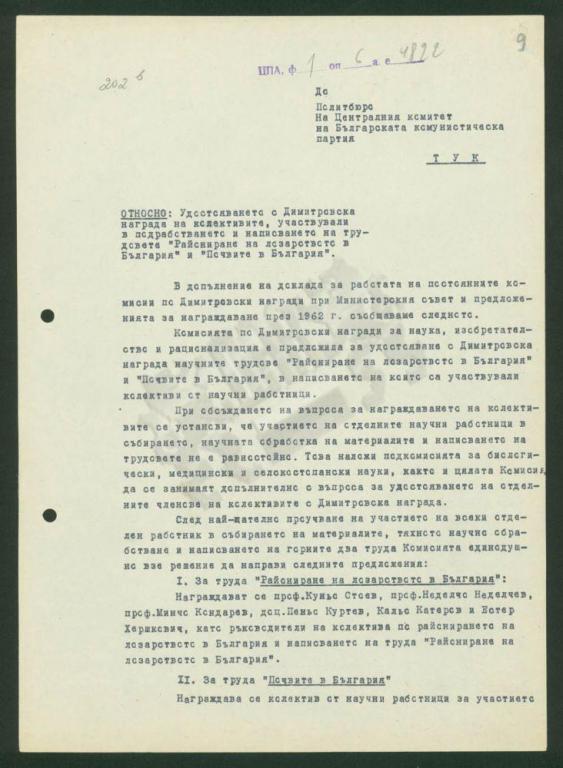
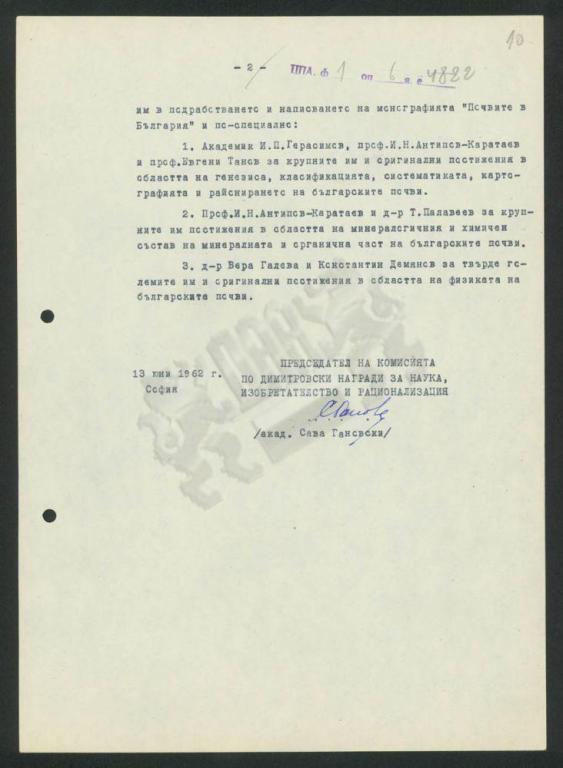
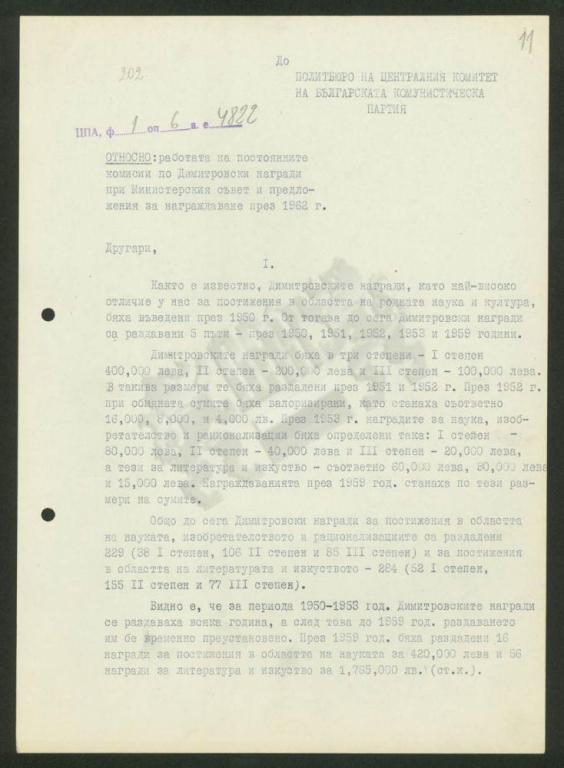
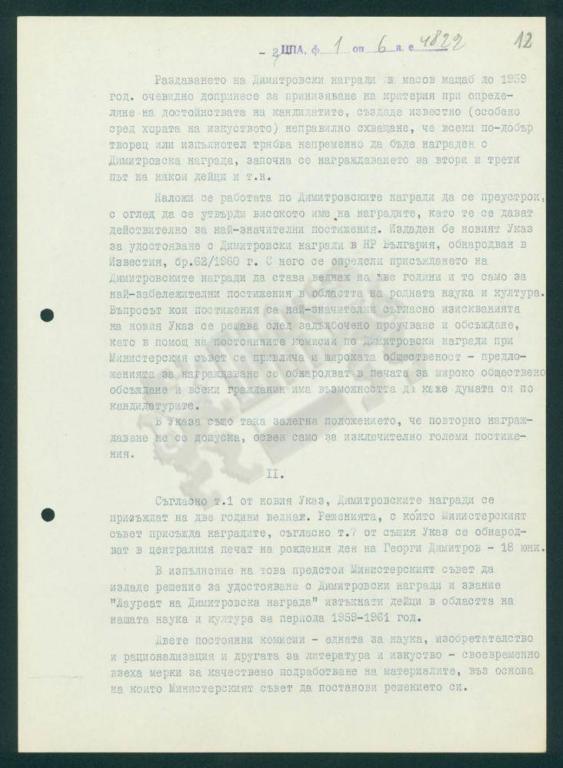
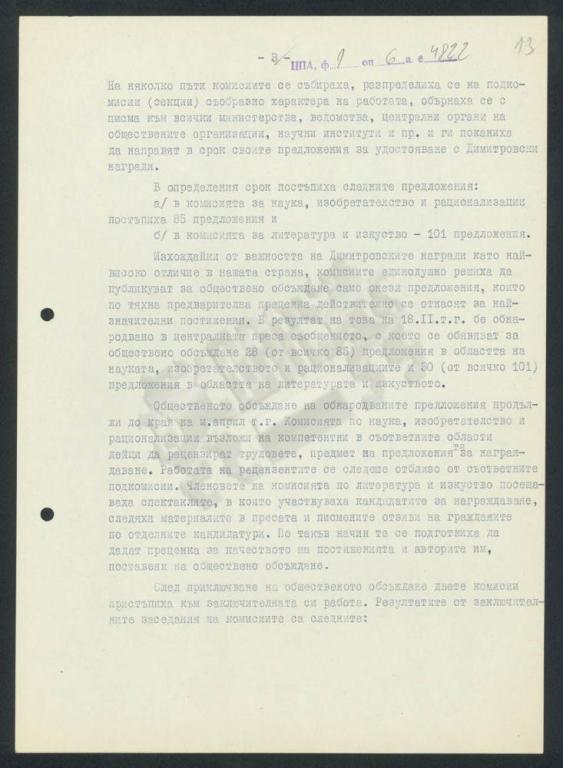
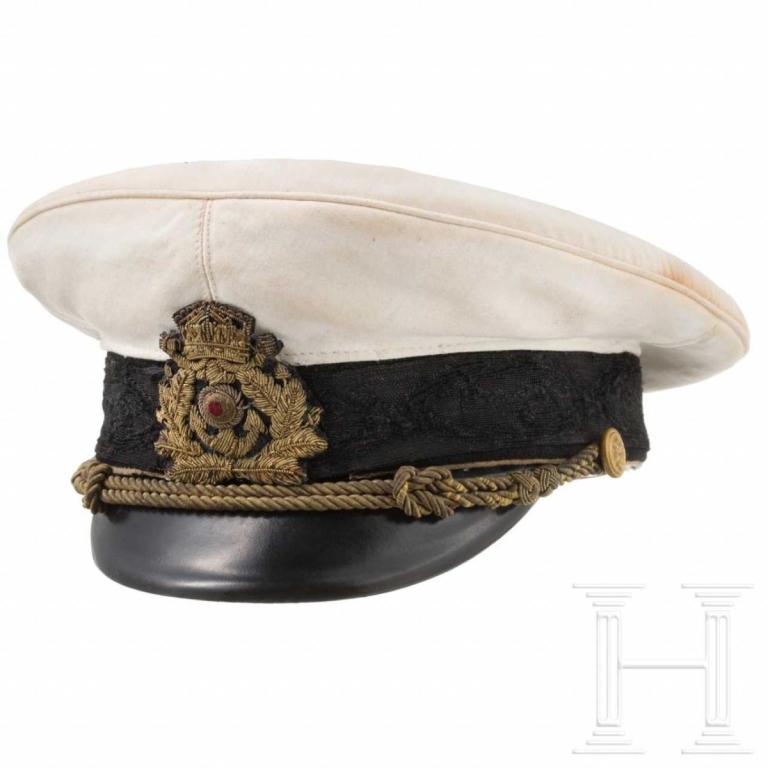

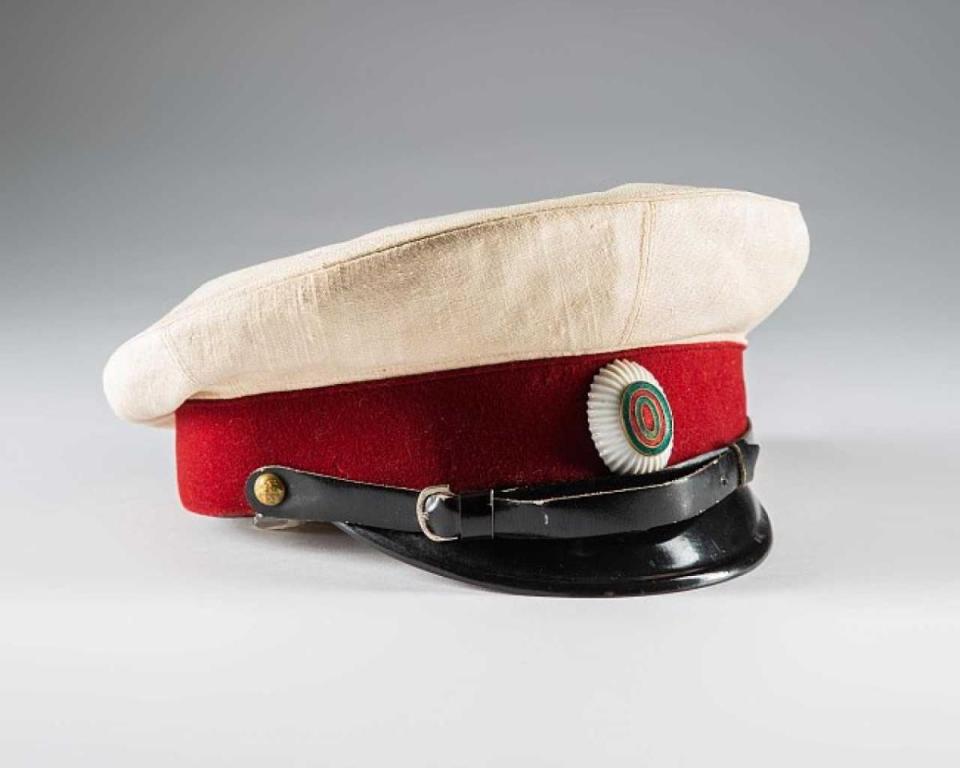
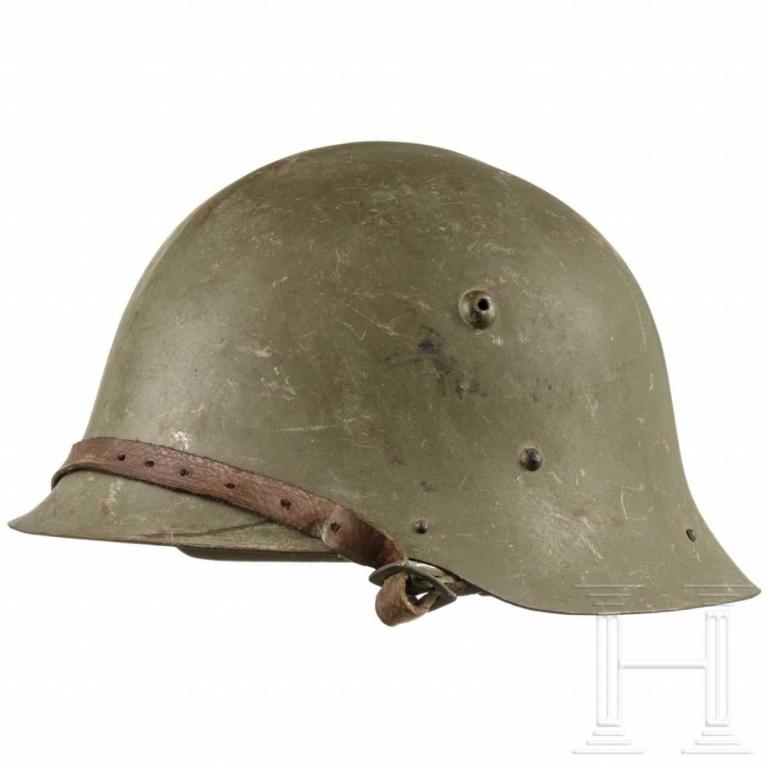
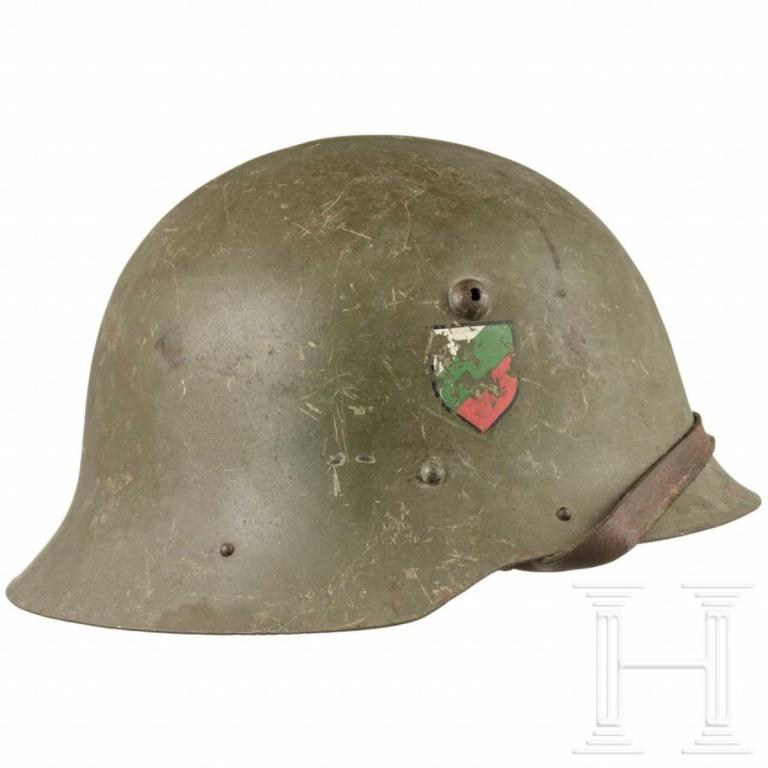
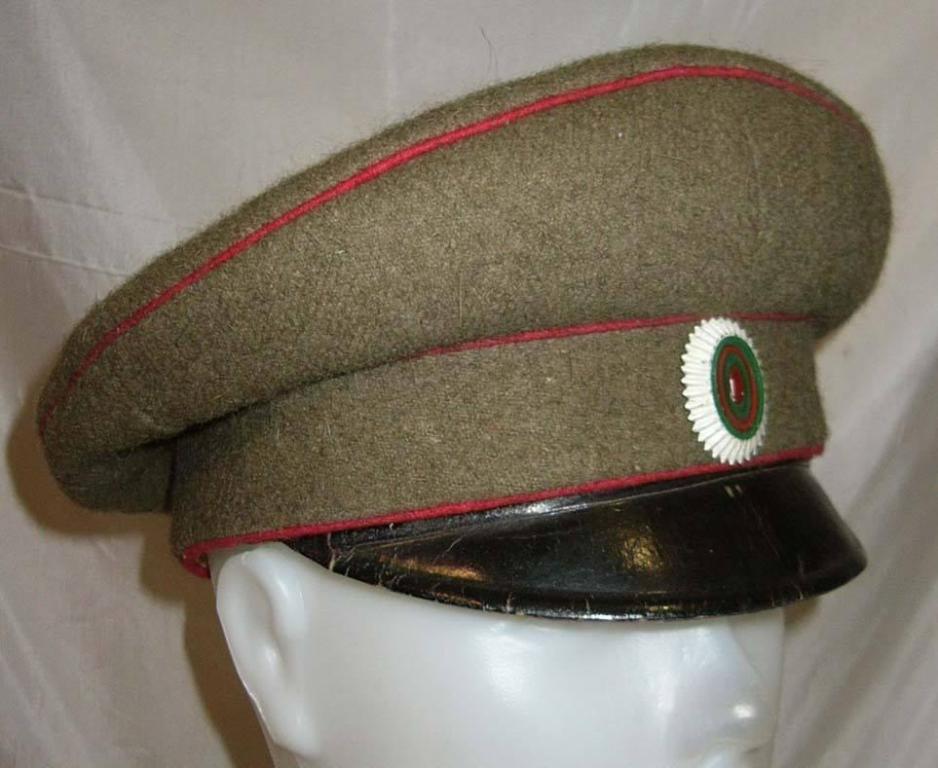
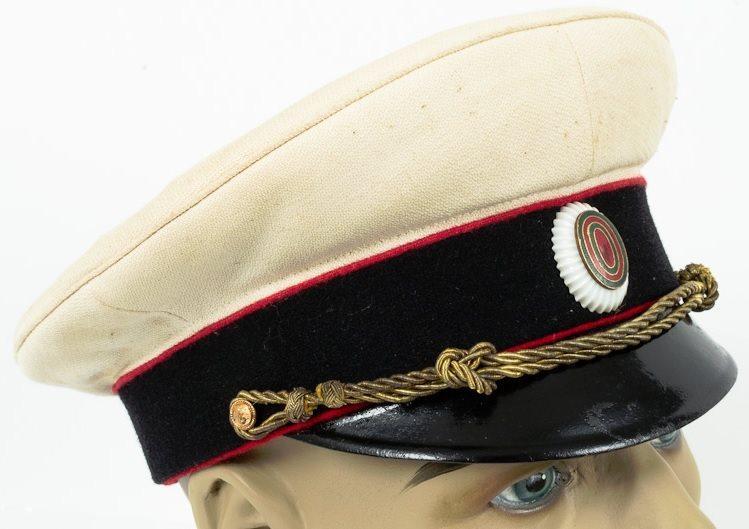
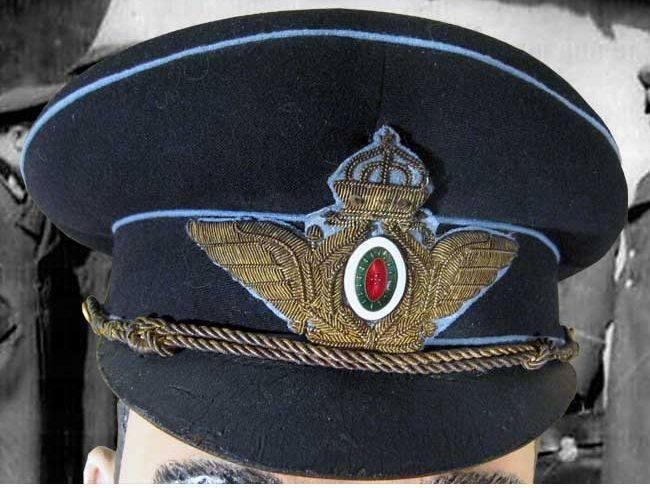
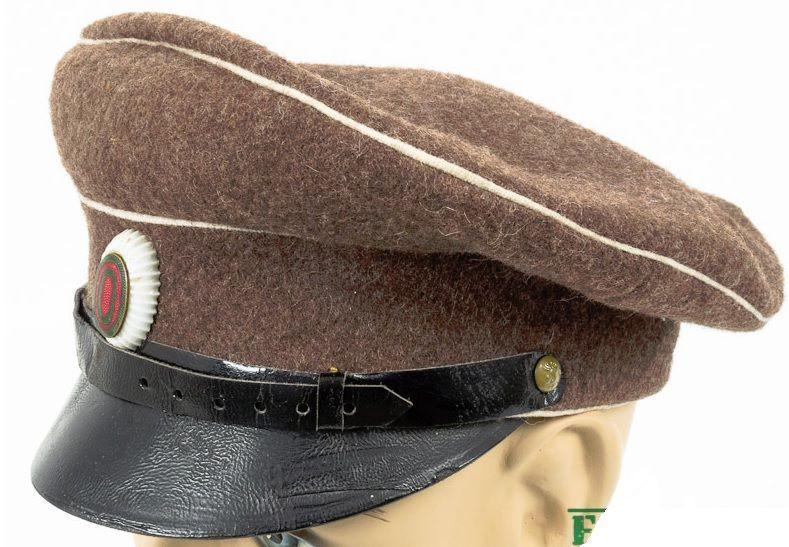

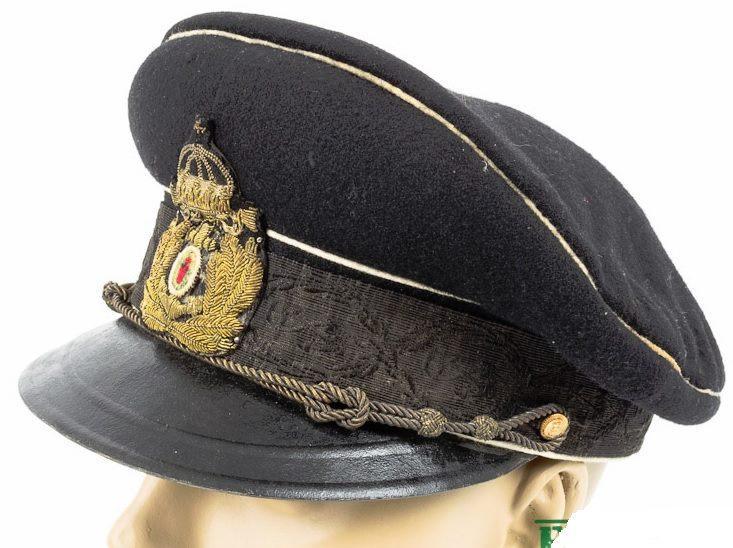

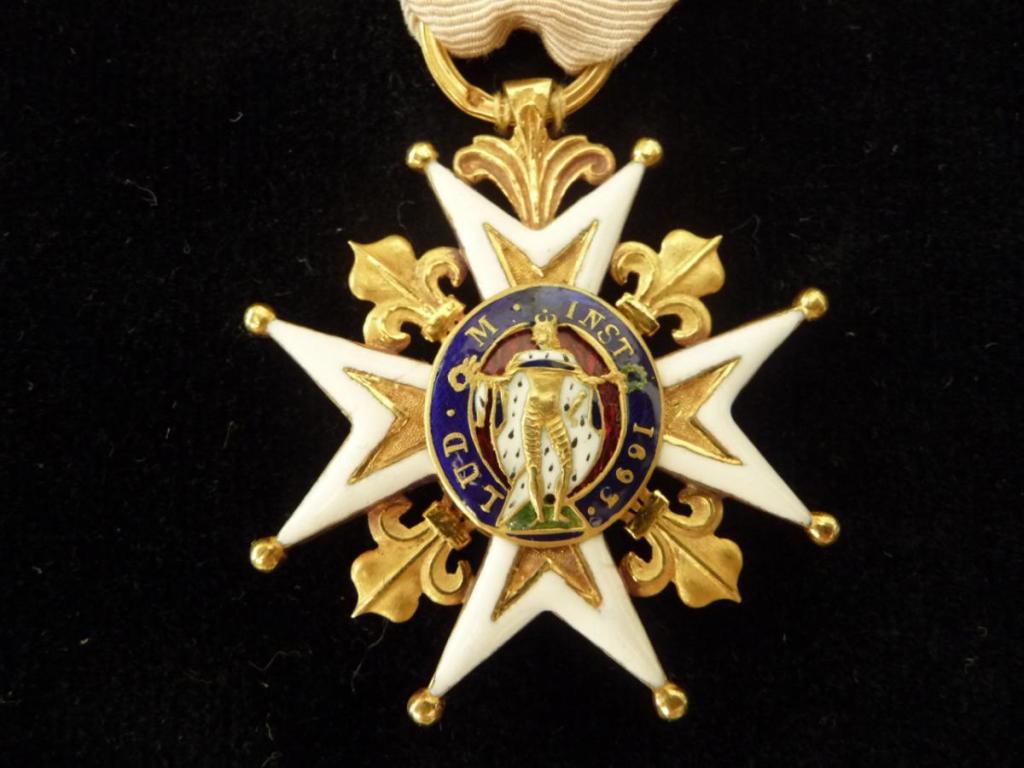
Imperial Russian Shoulder board collection
in Russia: Imperial
Posted